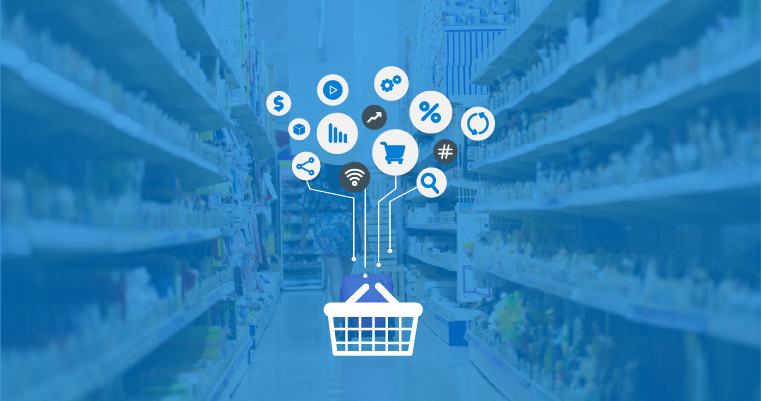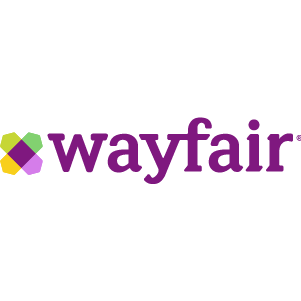
With the rise of online shopping, brands are seeking innovative strategies to captivate the attention of consumers navigating the digital marketplace. Enter Retail Media Networks – the driving force behind modern retail promotions. These networks are the go-to tools for retailers and brands looking to connect with customers, boost retention rates, and more.
Throughout this blog, we will be answering the following questions:
A Retail Media Network is an advertising infrastructure that allows brands/vendors to purchase space on various online channels (e.g., website, mobile app) to reach their target audience.
RMNs can either be owned by the retailer itself or managed by a third-party service.
In order for a retailer to build their own RMN, they have to have the budget, resources, and data. Because of these restraints, only big-box retailers are investing in this space like Target, Home Depot, Kroger, and Costco.
Smaller, mid-market retailers, on the other hand, are relying on third-party services to manage all discussions and purchasing decisions with vendors.
First-Party Data Utilization:

Diversified Revenue Streams:

Direct Control and Collaboration:

Improved Inventory Management:


Walmart Connect integrates online and in-store activity to provide a comprehensive view of customer behavior. It’s the second-largest Retail Media Network in the U.S., generating $2.7 billion in ad revenue in 2022. It continues to expand across Walmart’s digital properties (Walmart.com, Online Pickup and Delivery, and the Walmart App).

Since its rebranding, Roundel has grown to include nearly 1000 partners and 150 premium publishers and channels. This internal retail media agency offers first-party data on over 165 million shoppers, enabling brands to create personalized advertising campaigns. Roundel contributed to Target’s growth by generating over $1 billion in ad revenue in 2022.

The proposed merger between Kroger and Albertsons would create an entity accounting for 15.6% of U.S. grocery spending. Combining their first-party data would create one of the largest in-store media channels globally. Kroger already excels in media networks with Kroger Precision Marketing, which generated $1.2 billion in operating profit in 2022.

Wayfair is a leading online-only home goods retailer known for its innovative business model and Wayfair Media Solutions, its retail media network. It offers an in-house sponsored products platform for advertisers to promote their products. With hundreds of millions of page views monthly and 22 million active customers, Wayfair’s RMN is a top choice for relevant product offerings.

Ulta Beauty’s retail media network, UB Media, leverages first-party data from its 37 million members. This reinforces its ability to engage guests at the right time and place. VP Brent Rosso highlights Ulta’s expertise in the beauty industry and its audience. Ulta’s “Digital Marketing Partner Program” and “Ultamate Rewards” data drive a winning digital strategy for brand partners, offering personalized shopping experiences and measurable returns.

In 2022, GoPuff introduced off-site capabilities with Citrus Ad, pioneering the first instant ad platform. Fueled by first-party purchase and future intent data, GoPuff Ads achieved a remarkable 430% ROI for brand partners. Daniel Folkman, GoPuff’s SVP of Business, attributes this success to their partnership with Citrus Ad and their innovative approach to off-site, on-site, and open web displays.

Amazon Ads, established in 2012, has become a dominant force in the retail media advertising market. As a pioneer, Amazon revolutionizes the sector by offering on-site and off-site upper-funnel ads, including video ads through Amazon DSP (Delivery Service Partner).
Retail Media Networks (RMNs) provide retailers with a powerful tool to manage promotions effectively, leveraging first-party data, targeted advertising, and enhanced ad visibility to drive sales and achieve success in marketing efforts. However, to fully capitalize on the potential of RMNs, retailers must integrate the data generated from these platforms with an AI-powered promotion management system. This integration harnesses the power of AI and analytics to revolutionize the planning, execution, and analysis of promotions across diverse channels. By seamlessly integrating promotions with RMNs, retailers can maximize impact and efficiency, ensuring a cohesive approach to marketing strategies.
Subscribe To Our Newsletter
Get the latest updates about retail technology
Share This Post
+ More To Explore
Founded by experienced data scientists and retail experts, Cognira is the leading artificial intelligence solutions provider.